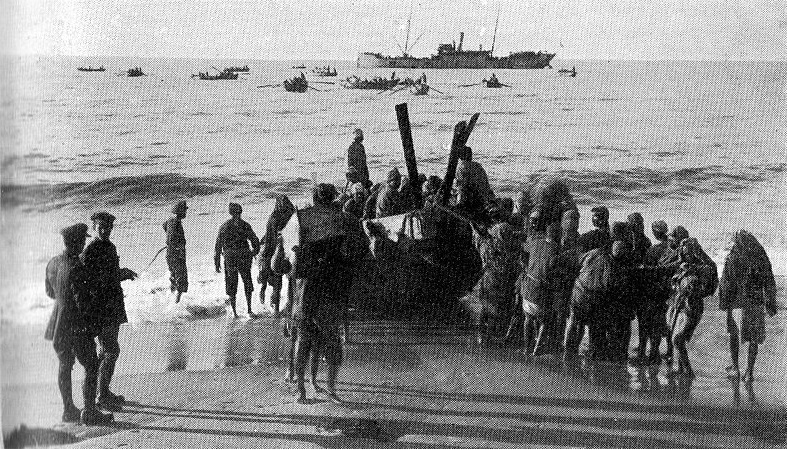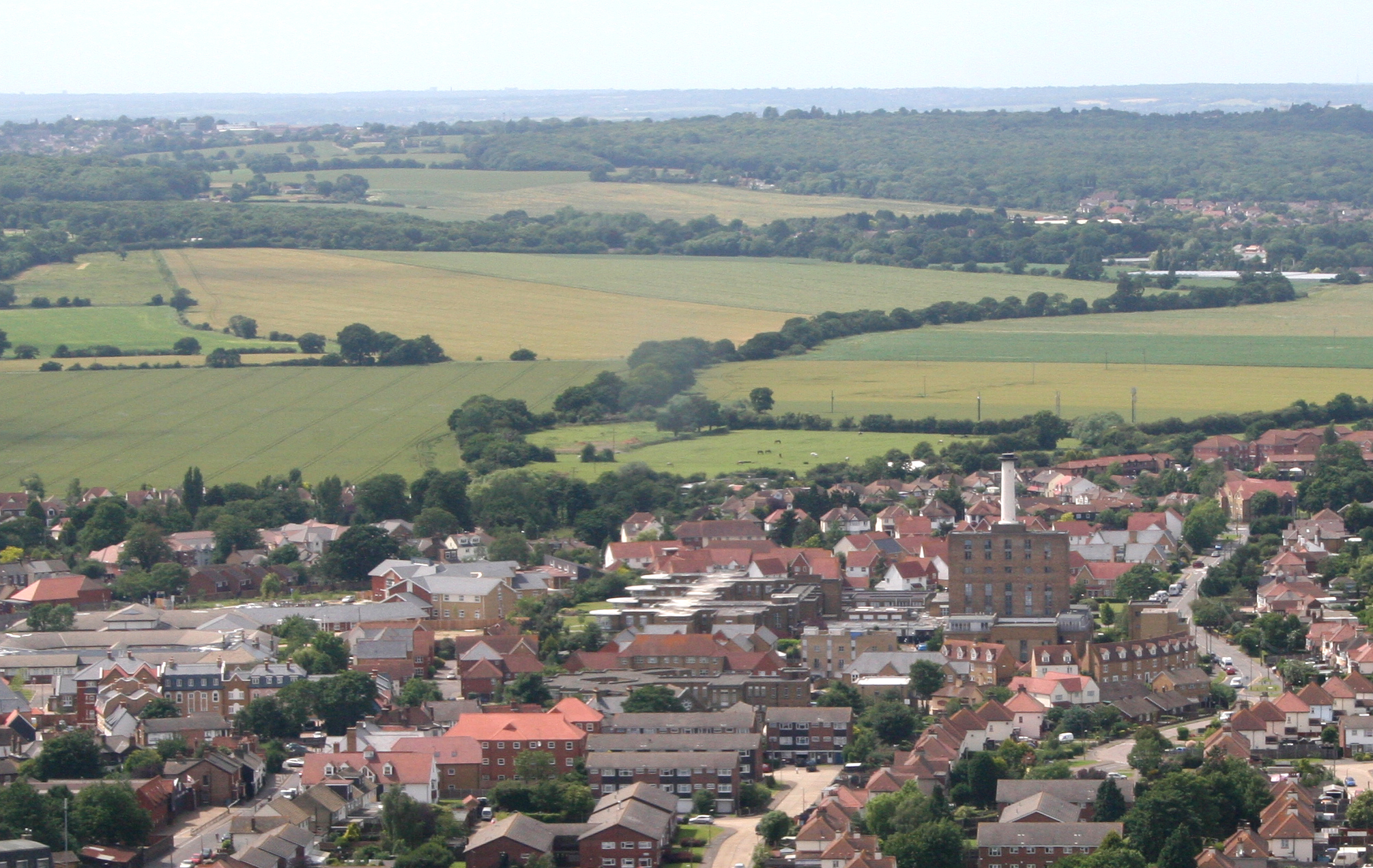The prompt for Week 2 of the 52 Ancestors in 52 Weeks challenge this year was "Challenge."
Of all the many challenges our forebears faced, perhaps one of the worst was war. Thanks to the advent of photography, the United States' Civil War immediately conjures up images of dead soldiers strewn across silent battlefields. These grim scenes were only the aftermath of brutal fighting, the likes of which few of us have seen.
I have several Civil War soldiers in my various family lines, all of which must have faced any number of challenges I shall never know. Undoubtedly, these challenges did not end with the war, as they all had to piece their lives back together and cope with the changes wrought by the conflict. Much of this will forever remain undocumented, and, with the passage of time and its consequent loss of oral history, undocumentable. However, my great-great-grandfather Allen C. Wade's ongoing struggle was to some extent recorded. Thanks to a cousin who long ago sent me a nice, fat packet of paperwork, I can tell his story.
He enlisted in the Nebraska militia during the Civil War. According to his own report, he was in Company B of the 2nd Regiment, 2nd Brigade. On 20 Oct 1864, “his horse fell down pitching him
forward to the ground and breaking bone in left wrist at same
time producing left Scrotal Hernia.”(Ouch!) One assumes he would have received medical aid of some sort before returning to his duties, although no records have yet been found containing these details. He was discharged from the service a little less than a week after the conclusion of the war.
 |
Robert Furnas, colonel of the 2nd Regiment Nebraska Cavalry
JustHopeIcanHelp at English Wikipedia [Public domain], via Wikimedia Commons |
The preceding information all came from his pension file. I have not yet found documentation, apart from his own claims, for Allen's service in the 2nd Regiment, and most online sources don't even acknowledge that there was a 2nd Regiment militia. There are indications here and there, however, that it may have existed. Additionally, it is unclear whether Allen would have served in the militia infantry or cavalry. The fact that he fell from his horse suggests the cavalry, but the 2nd Cavalry does appear online, and he does not appear in any published roster. Unfortunately, finding the records that prove Allen's service, if they exist, will require archival searching in Nebraska, which is not exactly a day-trip drive for me. For my present purposes I will accept Allen's word regarding his service, although I must admit I have reservations.
Twenty-seven years after his injury, he was still feeling the effects.On 19 March 1891, while residing in Lone Elm Township, Anderson county, Kansas, he appeared before a Justice of the Peace to swear to his injury and "that since having ‘Lea Grippe’
he is not able to do a days work + the last named disease he had
about one year ago + That he is not addicted nor ever was to any
vicious habits that would produce the above named diseases." (I can't help but chuckle at the "vicious habits" bit.)
Later that same year, his pension still unresolved, he relocated to Sedan, Chautauqua county, Kansas. According to the local newspaper, he "purchased the McNight place lying west of the city. This is one of the best suburban places in the city." On 30 June 1892, his neighbor Alva Russell swore "That he knows of his own personal knowledge that said Allen C.
Wade organized Co ‘B’ 2nd Regiment 2nd
Brigade Nebraska Militia in the year 1864 and that he was in the
service of the United States for more than 90 days in the war of the
Rebellion." Although I have not yet verified my supposition, I am reasonably certain that this Alva Russell was the same Alva Russell who was Allen's brother-in-law as well as a cousin of Allen's wife Angeline.
Evidently the War Department had the same difficulty I had in locating Allen's regiment. On 3 March 1893, it informed him “It does not appear from the records
of this office that such an organization as Co B 2' Reg’t 2'
Brig Nebr Militia was mustered into the service of the United
States.” By 1899, the Bureau of Pensions flatly rejected his claim “on the ground that the records of the War Department
show that you were not in the military service of the United States
as alleged.”
One can almost hear the frustration and anger in Allen's reply:
Mr Evans what
departement was in if iwaente in the ware departement whate did the
govnere comition mee for what rite had he to call mee in to serves
whoes serves was in it was in the teritory of Nebraska an it belonged
to the united states ihave my commition an all the testamony
requeired they have falde to share my nam thare iff the govneres nam
ante good whoes name is good
Since his spelling and lack of punctuation can make his reply difficult to read, here is a corrected transcription:
Mr. Evans, what department was I in if I wasn't in the War Department? What did the governor commission me for? What right had he to call me into service? Whose service was I in? It was in the territory of Nebraska and it belonged to the United States. I have my commission and all the testimony required. They have failed to share my name there. If the governor's name ain't good, whose name is good?
Sadly, Allen passed away just a few days over a year later. His obituary stated that "For some time Mr. Wade had been confined to his bed and was very feeble."
Sources:
I am currently working from notes taken from the xeroxed copies of the pension file sent to me by my cousin, and do not have access to the papers themselves, which have not yet been scanned. Neither have I yet written source citations for them. I will return to this post at a later time, when I again have access to those papers, and cite that source.
Entry for Allen C. Wade, image #459 of 828; "Enrollment of Ex-Soldiers
and Sailors, their Widows and Orphans, 1889"; digital images,
Ancestry.com Operations, Inc., "Kansas, Enrollment of Civil War
Veterans, 1889," Ancestry (www.ancestry.com : accessed 24 Dec 2016).
"Of Local and General Interest," Freeman's Lance, 4 Dec 1891, p. 1, col.
2; digital images, America's GenealogyBank (www. : accessed 15 Aug
2011), Historical Newspapers.
[Obituary of A. C. Wade] Sedan Lance, 8 Feb 1900, p. 5, col. 3; digital images, America's GenealogyBank (http://www.genealogybank.com : accessed 15 Aug 2011), Historical Newspapers.











